At the beginning of 2020, famed Swiss watchmaker Omega unveiled the next generation of its Constellation collection. The refreshed series — which is regarded as Omega’s take on today’s very popular integrated-bracelet style, finds its origins both in 1952 and 1982 (vintage picture below via Fratello Magazine). The former year was the initial launch of the Constellation series, whose original models were most recognizable for their vintage “pie-pan” style dial (the style of which is still found today in the Omega Globemaster). The latter year was the first major refresh of the series, whose “Manhattan” design scheme included an integrated bracelet, Roman numerals and bezel indices, and four “claws” securing the bezel. This design has been the major stylistic vein in the series since the 1980s, with these primary design elements found in every iteration of the watch since then and Omega only slightly updating it every few years to meet modern tastes (as in the last update which we took a look at in 2017).

The latest refresh of the historic collection was first unveiled ahead of the since postponed Baselworld 2020 fair, and includes a diverse lineup of 26 new models featuring various materials, colors, and jewels meant to suit a variety of tastes. Each of the models uses a 39-mm integrated case, available in either steel, steel and rose gold, steel and yellow gold, rose gold, or yellow gold, each coming on either an integrated leather strap or a mono-link integrated bracelet. Beyond the various materials and colors, each of the models shares the same general features. For the case, these include a uniquely faceted design with alternating brushed and polished finishing on its different aspects. The flat bezel “claws” and Roman numeral-engraved bezel are prominently showcased, along with a somewhat cone-like crown on the right side.
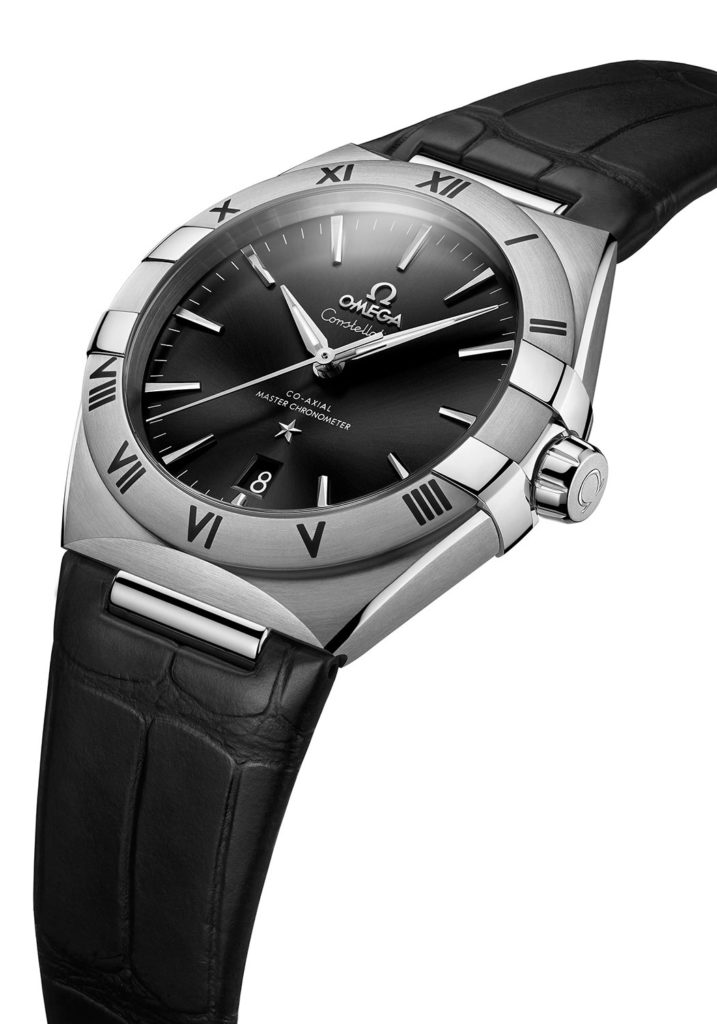
On the dial of the watch, we find applied, trapezoidal indices for the hour markers, with small, printed marks in between each for the minutes. Toward the bottom of the face, the trapezoidal shape is also used for a beveled date window at 6 o’clock, while an applied Omega logo rests at the 12 o’clock position with “Constellation” script just below it. At the center are two alpha-shaped hands for the hour and minute and a simple pointer for the seconds, while just below the hands’ axis are the “Co-Axial Chronometer” designation for the watch’s movement and a small applied star, which is subtle nod to the watch’s galactic name.
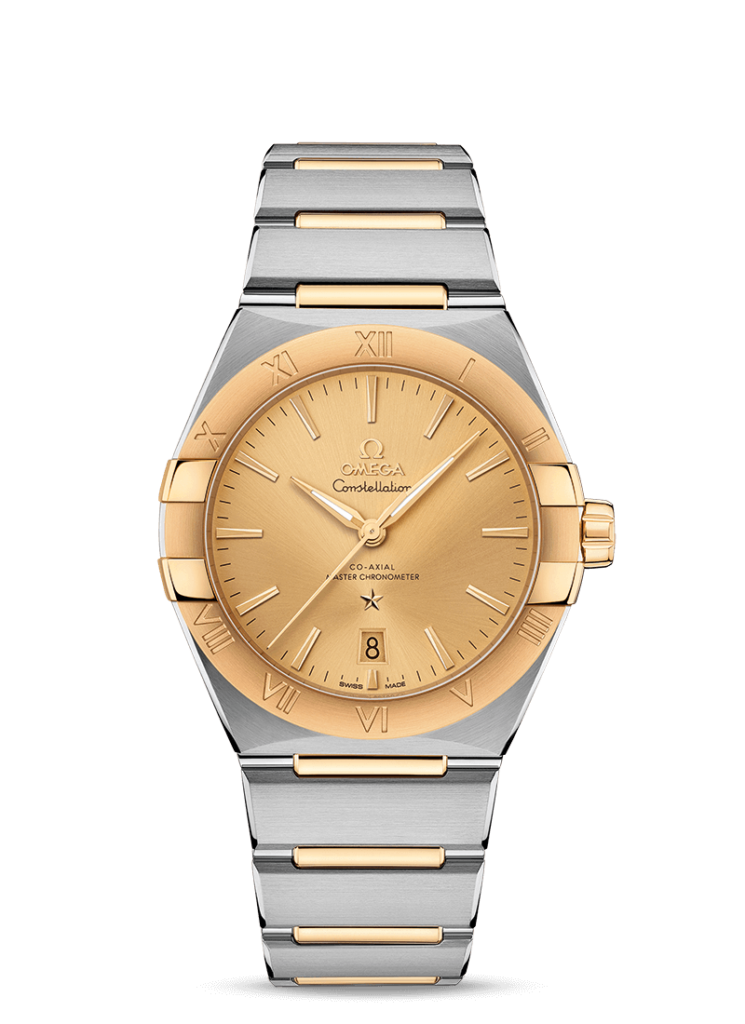
Inside the new watches are Omega’s excellently produced Master Chronometer-certified movements — each automatic mechanism featuring a co-axial escapement, magnetic resistance to 15,000 Gauss, a silicon balance spring, and a power reserve of 55 hours. The steel and two-tone models use the Caliber 8800, while the all-gold models opt for the Caliber 8801, the only difference being that the 8801 features a matching gold rotor compared to the steel one used on the 8800.
Pricing for the new watches varies based on case and bracelet material, starting at $5,820 for steel on leather, $6,050 for steel on steel, $7,850 for two-tone on leather, $9,450 for all two-tone, $19,600 for gold on leather, and $33,300 for all gold, with a few other models— like those that use diamonds for the hour markers— varying a bit from these standards. Each of the models are available directly through Omega’s online boutique, as well as through various authorized dealers.
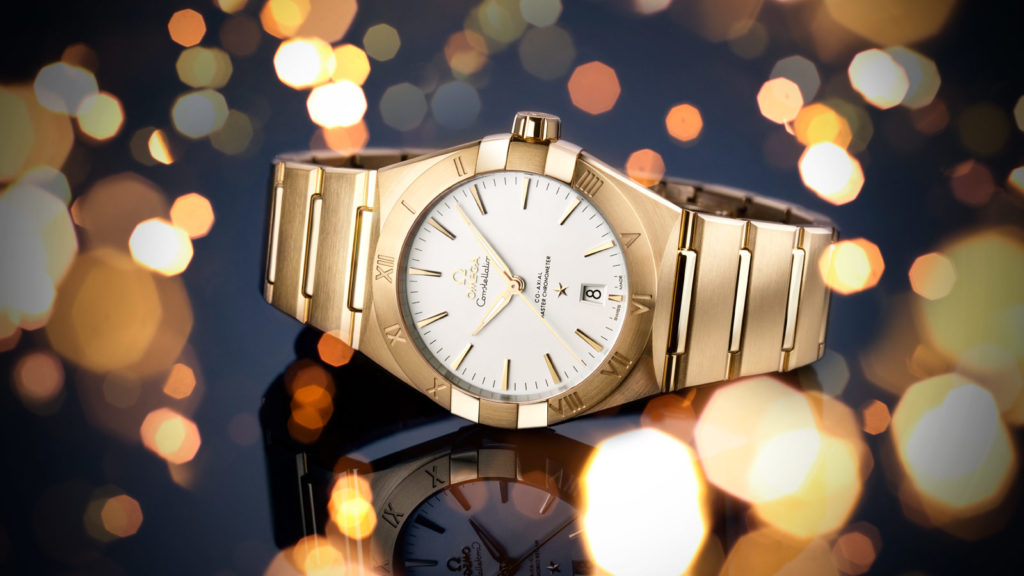
The latest iteration of the Constellation brings the series into the modern age, boasting a somewhat sportier look than that of its predecessors in the historic collection, which have more often opted towards a more delicate and formal style. Among the modern updates, we see the larger case diameter and thickness, which gives the watch a more durable look. The option for a leather strap, in addition to the integrated mono-link metal bracelet, helps better position the watch in comparison to what seems like a constantly-expanding list of integrated-bracelet sport-luxury watches. In addition, the updated Co‑Axial Master Chronometer caliber helps further distinguish the model’s modern technical bonafides, which Omega is keen to feature in this 39-mm package.
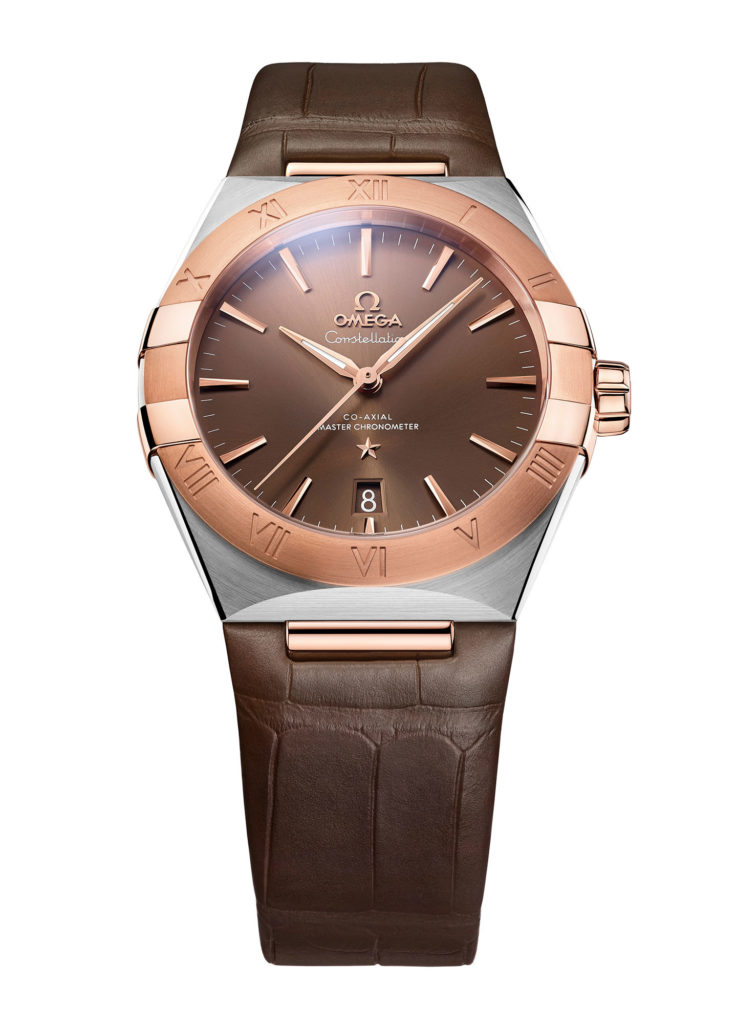
We can still clearly see 1980s design heritage in the contemporary Constellation. These are most clear in the silhouette of the case shape, with its rounded sides, conical crown, and uniquely faceted integrated lugs on the top and bottom; and in the bezel, with its engraved Roman numeral indices and (of course) it’s four flattened “claws.” Among the various case materials, the all-steel and particularly the yellow-gold-and-steel models in their metal mono-link bracelet options provide the most retro aesthetic. The dial’s overall style is much more contemporary than the series’ vintage counterparts, but still nonetheless features some degree of homage. The two key features here are the script Constellation logo and the redesigned hands and hour markers. While not seen on the historic models, these are visually inspired, Omega says, by the triangular facets of New York City’s Freedom Tower, adding to the watch’s Manhattan-inspired heritage.
To place the Constellation collection further in context, the series is the brand’s second-oldest continuously produced collection, after the Seamaster which first launched in 1948, and a full five years older than the Speedmaster, which launched in 1957. While the collection both today and historically has often been overshadowed by these two iconic series and their many different iterations, the Constellation nonetheless still maintains an important part in the brand’s modern portfolio, balancing dressy and sporty elements for a watch that is distinctive, both for Omega and in the wider market. Whether the 2020 design update will help the new watch break into the modern conversation still remains to be seen, but with competitive pricing in the category, and a unique aesthetic, it has as good a shot as any.
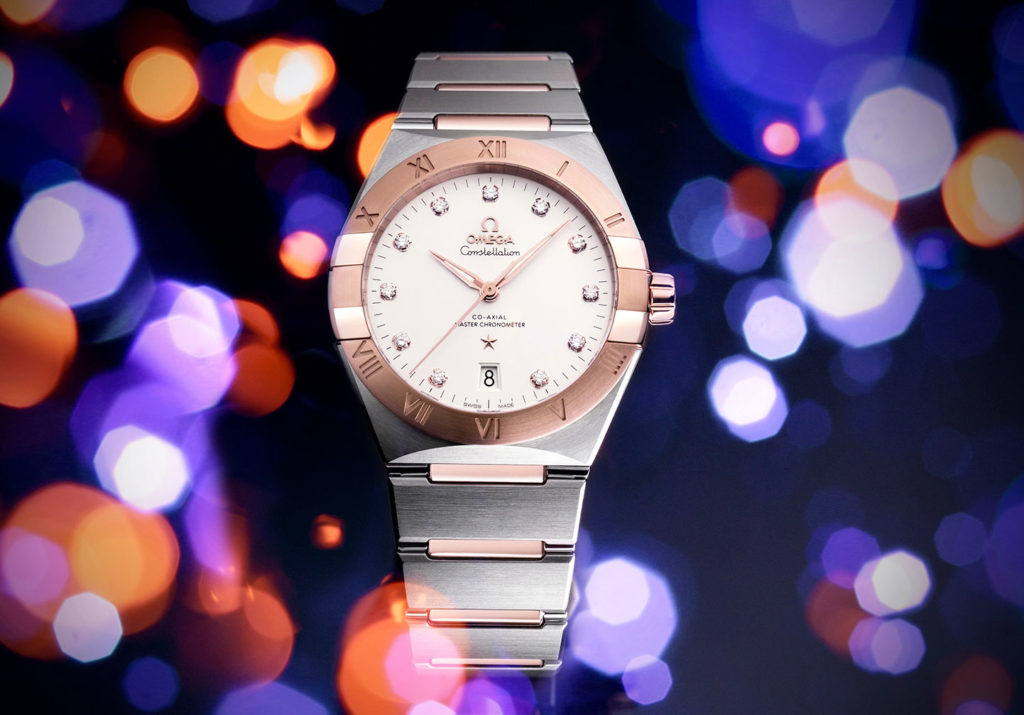
For the most recent article in the “Vintage Eye” series, in which we discuss the Christopher Ward C65 Dartmouth Series 1 and the historic Omega models that inspired it, click here.
Caleb Anderson is a freelance writer with a primary focus on vintage watches. Since first discovering horology, he has garnered extensive knowledge in the field and spends much of his time sharing his opinions among other writers, collectors, and dealers. Currently located near New York City, he is a persistent student in all things historical, a writer on many topics, and a casual runner.

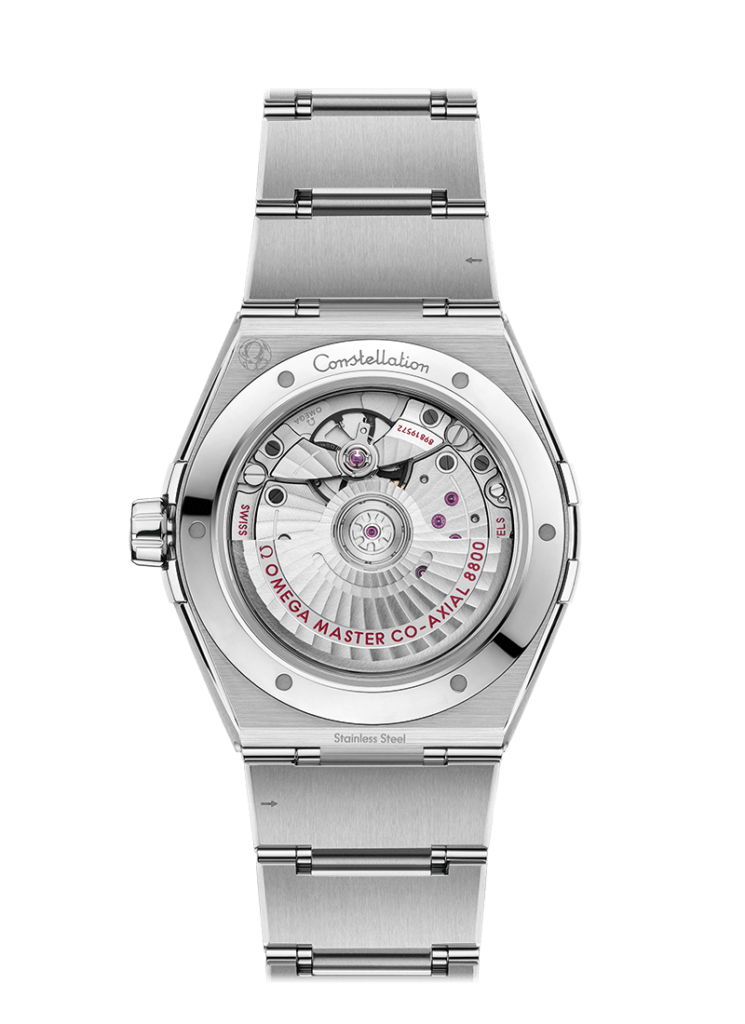
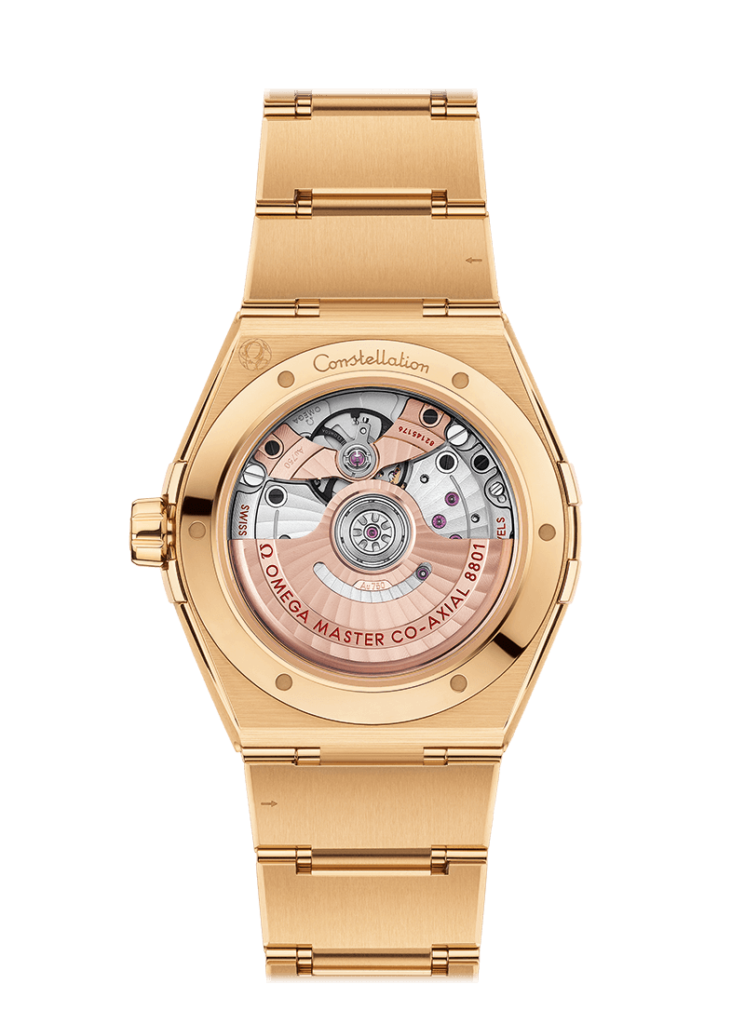
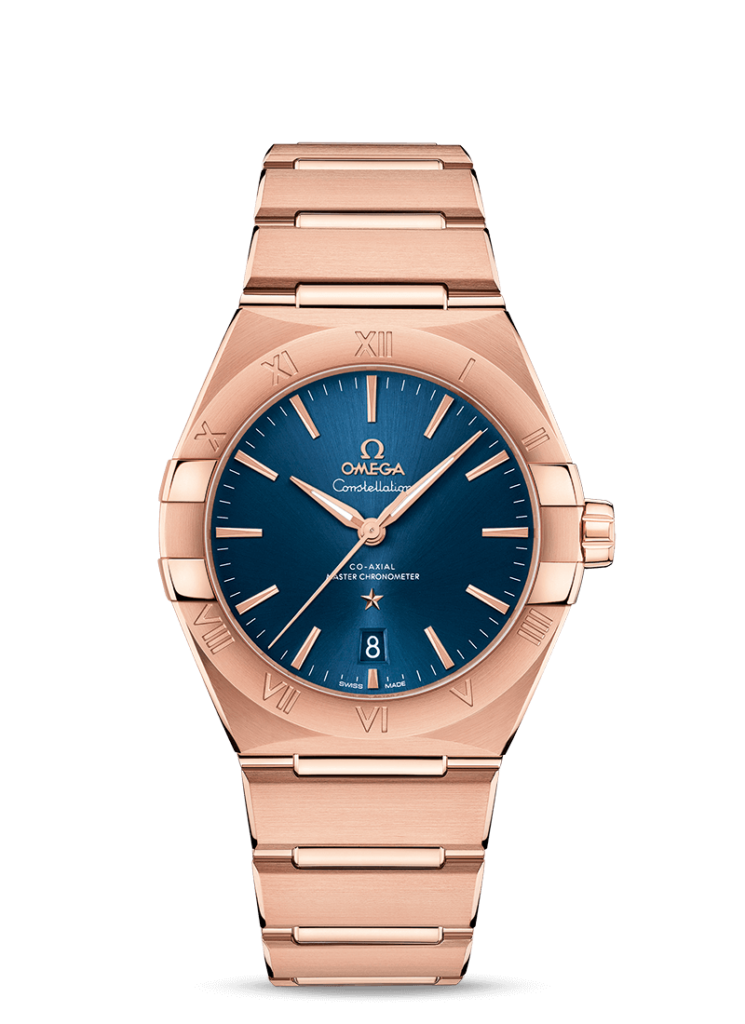
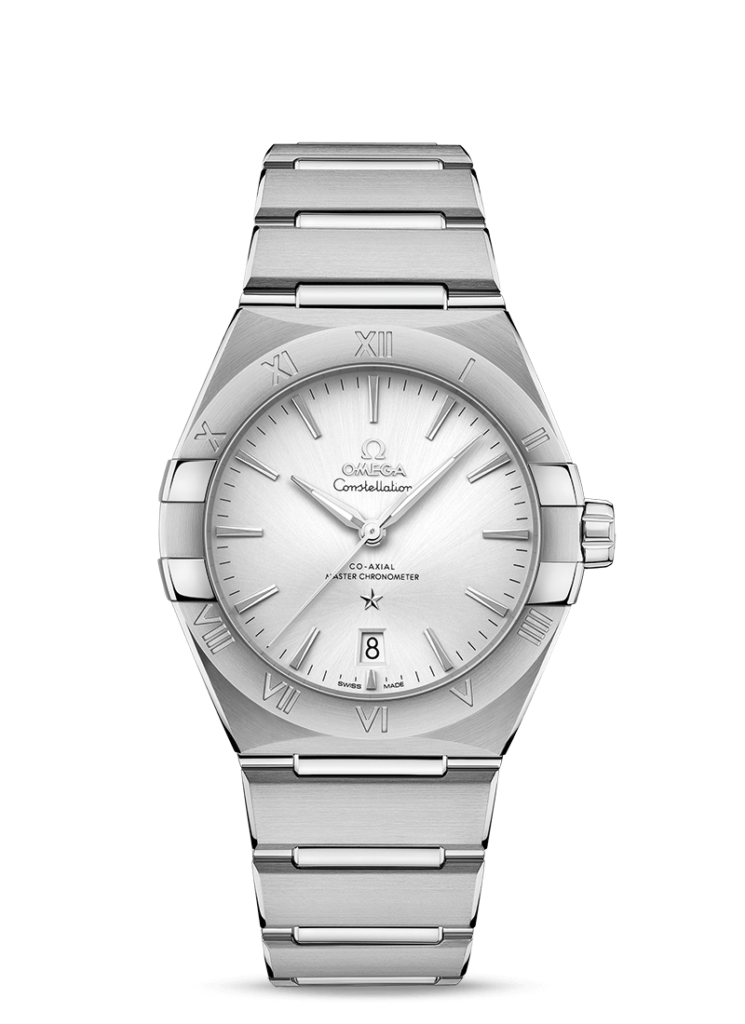
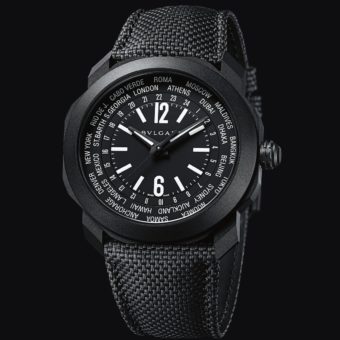


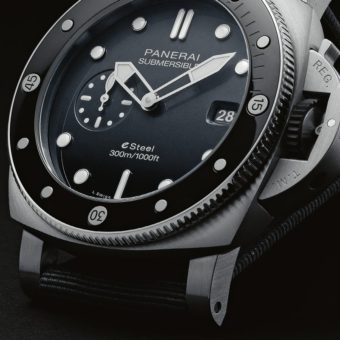
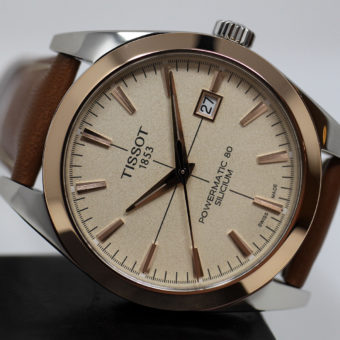
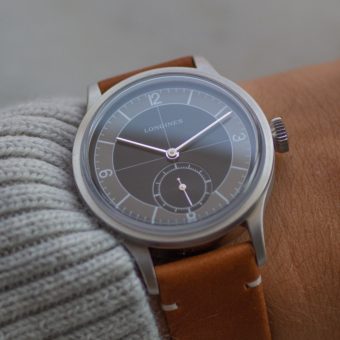
Cool looking watches. I need one.